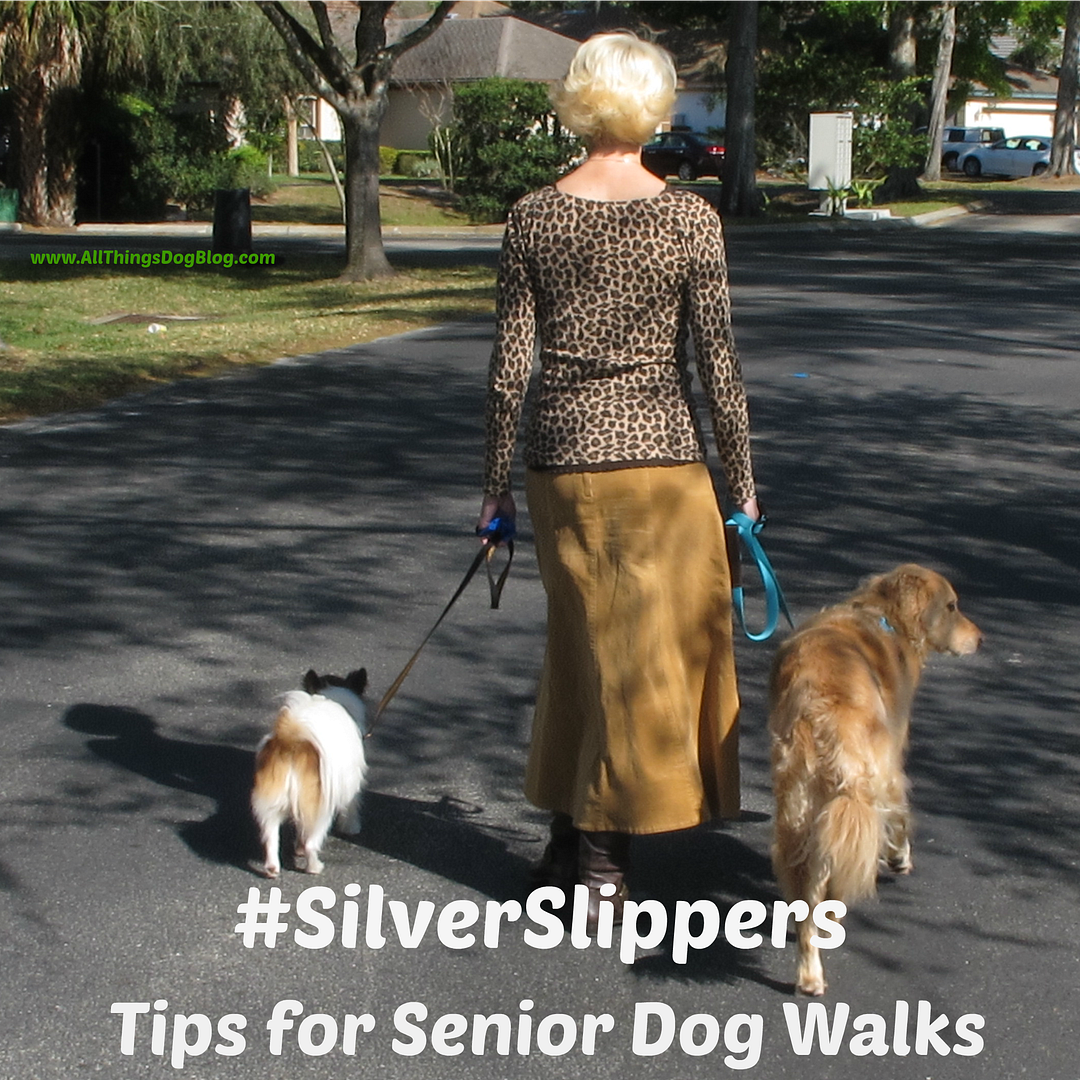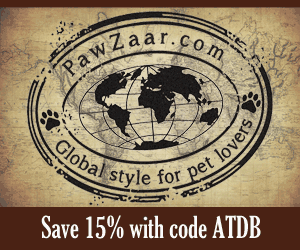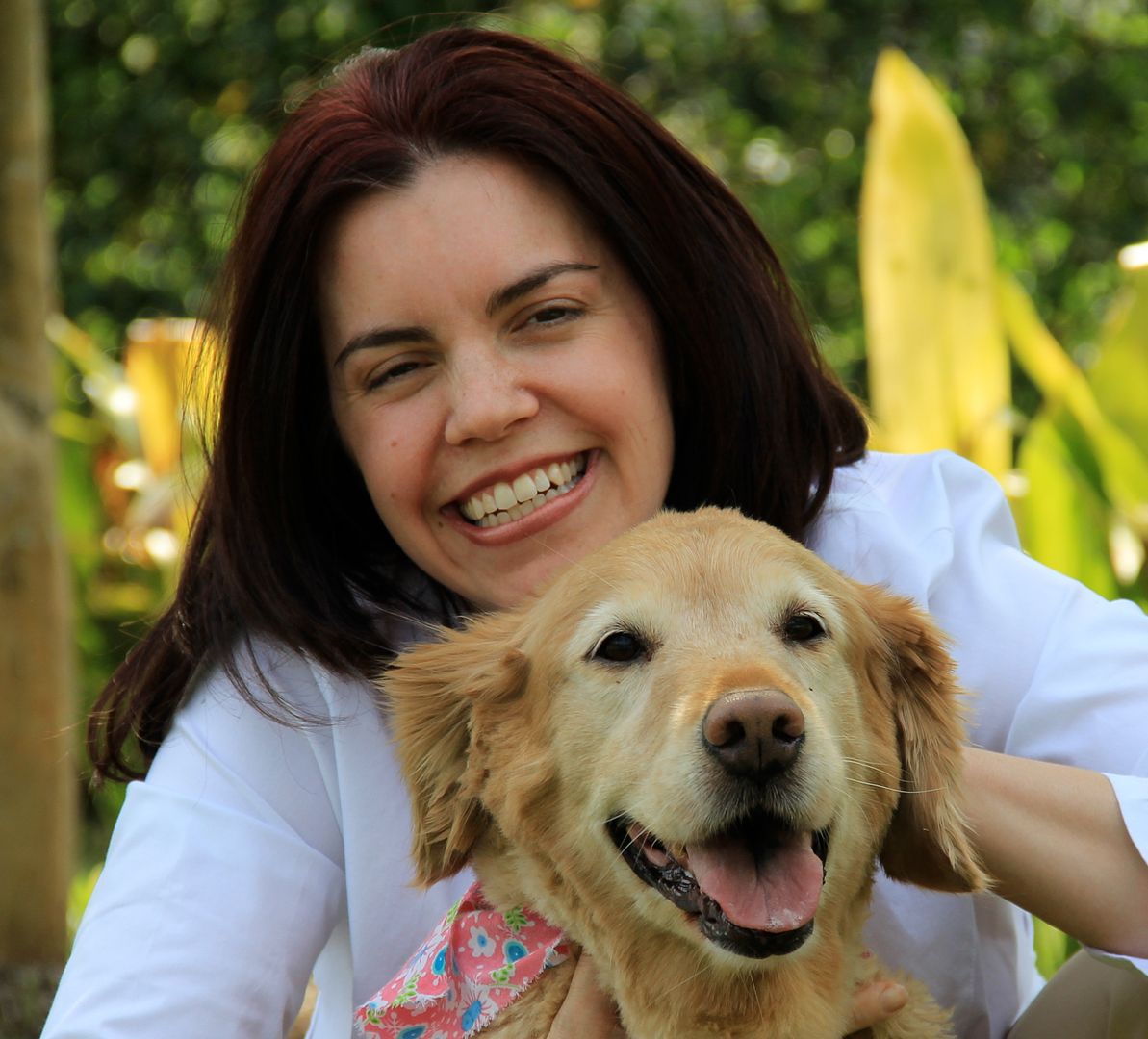Terri McCalla, DVM, MS, DACVO
 |
| © courtesy Orin Zebest via Flickr.com Prevent Blindness with Nutritional Supplements |
Humans fear cancer and blindness above most other health problems. These fears also extend to our dogs. We are able to communicate our problems to our physician, but dogs cannot verbally do so, instead, they may have subtle physical or behavioral changes that most owners cannot understand, often making the problem worse at diagnosis. Dogs can instinctively “mask” signs of pain and vision impairment very well; sometimes the only sign that a dog has eye pain is that it sleeps more than normal.
This means that we must be alert for any signs of eye disease in our dogs. Squinting, excessive tearing, redness, cloudiness, or green or yellow discharge may indicate an eye problem. Remember too, that if a dog is blind in one eye but sighted in the other eye, the dog may not show any signs of being blind. A dog with at least 20% vision in one eye usually fools owners into thinking there is nothing wrong.
If you suspect that your dog may have an eye problem, ask your veterinarian to examine your pet’s eyes. If they cannot pinpoint the dog eye problem, you may opt to bring your dog to a veterinary ophthalmologist. Veterinary ophthalmologists have specialized training and tools necessary to fully evaluate eyes, as your optometrist or ophthalmologist does. Eye problems in pets can become serious quickly, sometimes impairing sight and causing pain, therefore, waiting for the problem to pass is not wise. For a list of board-certified veterinary ophthalmologists, see www.acvo.org
Purebreed dogs may be predisposed to eye issues; these should be investigated prior to adopting the dog. A good place to start is Google. Input your dog’s breed and list the key words “eye” and “disease” and see what you find. You can also access information through http://www.vmdb.org/history.html. This site lists eye conditions prevalent in different dog breeds. Another important piece of information is asking the breeder for information regarding your new dog’s parents and related dogs. A genetic eye evaluation, called a CERF (Canine Eye Registration Foundation) exam, is often performed on dogs prior to breeding.
Many breeds of dogs – and mixed breeds too—can develop genetic eye diseases that can affect vision and/or be painful. These include PRA (progressive retinal atrophy), cataracts, glaucoma, and dry eye. It is beyond the scope of this article to discuss these diseases, but there are articles about the first three diseases at Dr. McCalla’s website: at http://www.animaleyecare.net/diseases/diseases.htm.
While a healthy well-balanced diet may help any dog’s health, proper nutrition is not enough to achieve optimal ocular health. A good proactive strategy, particularly for breeds prone to PRA and genetic cataracts, is to give these dogs the natural, nutraceutical, canine vision supplement, Ocu-GLO Rx, which was developed by the authors and a compounding pharmacist (see www.ocuglo.com). Ocu-GLO Rx can also be taken by healthy dogs of any age to promote overall wellness.











































2 comments:
melf said...
Wow. Really great post. I actually do worry about Daisy's eyes, but mostly because she is getting older and I don't want to think of her getting older yet. But, I did know a dog who displayed symptoms and when he was referred to a veterinary ophthalmologist and it turned out he was going blind.
He still comes to the dog park and does very well considering his eyesight is almost nil.
I'll be sharing your post.
eyes disease said...
Based upon on the form of animal you own, pet vision care could either be an everyday preservation issue or a comprehensive non-issue unless sickness strikes.
Post a Comment